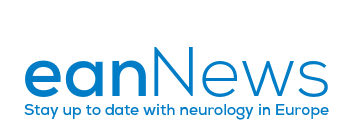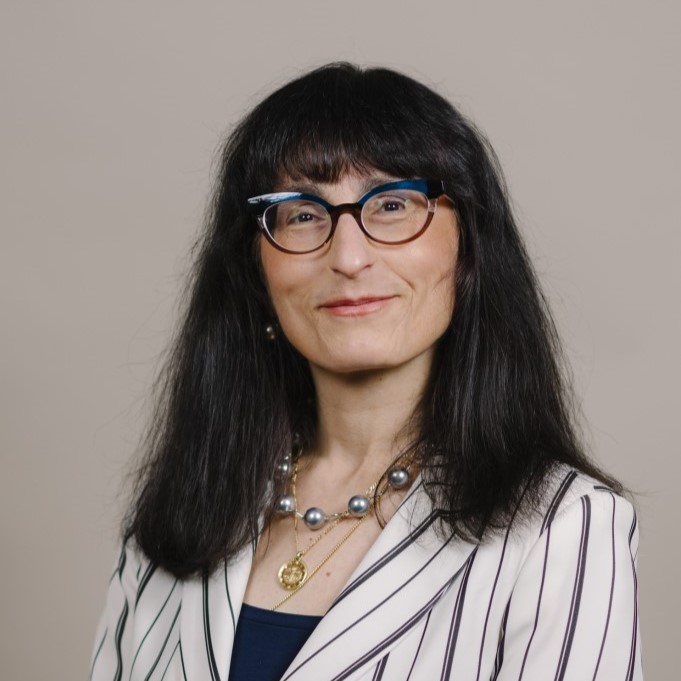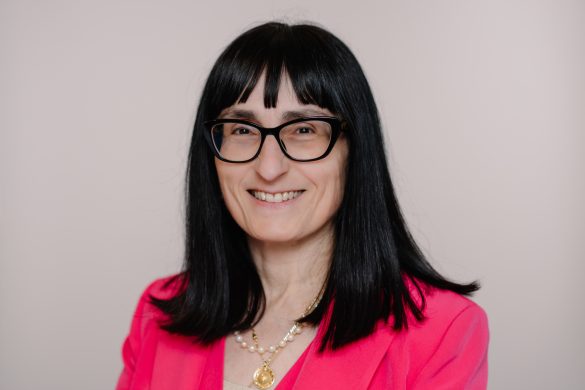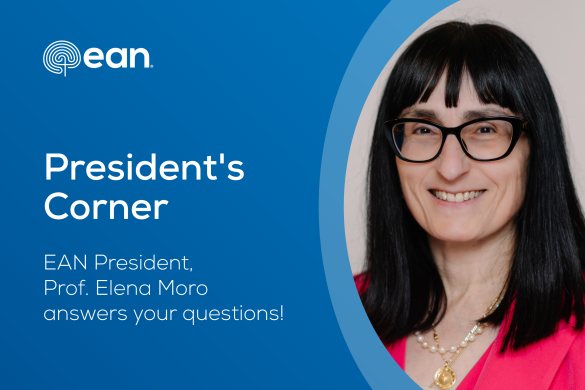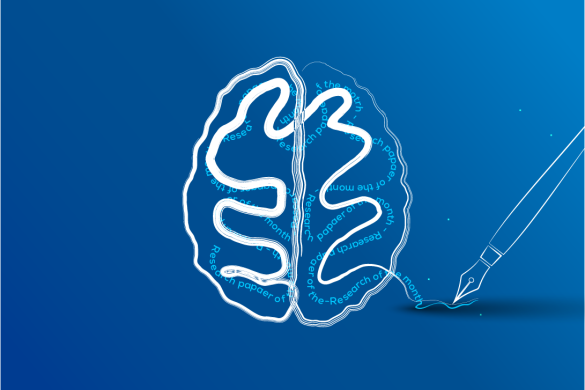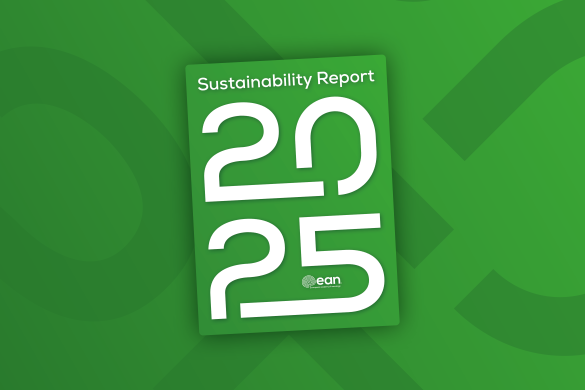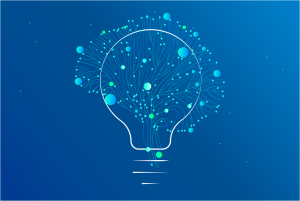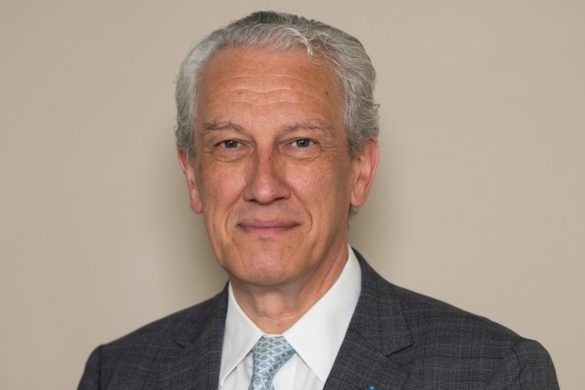Welcome to the June edition of the President’s Corner, our eanNews series, in which I answer your questions about the EAN and its many activities.
We again received a nice broad selection of questions this month. You can find my answers below.
Look out for our posts asking for your questions for next month’s President’s Corner, or feel free to submit them at any time via email.
As always, I look forward to receiving and answering your questions!
Best wishes,
Elena Moro, EAN President
How do you balance clinical work, academic responsibilities, and your leadership role at EAN?
The secret to balancing multiple activities is to have excellent support and environment. In my case, I have the outstanding support of the EAN Board and the EAN Office, my Faculty of Medicine Dean support, and at last (but not at least!) my wonderful Grenoble movement disorders team!
How does the EAN support international collaboration and interdisciplinary research in neurology?
The EAN is deeply involved in fostering both international collaboration and interdisciplinary research in neurology. This is done through continuously updated agreements, meetings, and projects with several European and worldwide scientific societies covering neurological subspecialties, neurosciences, and other medical disciplines related to neurology. Examples of these collaborations happen during the EAN Congress with joint scientific sessions, but also with the guideline development, the eanCampus, and the EAN publications. Moreover, the EAN, as part of the European Brain Council (EBC), works closely together with the other EBC member societies.
I recently read about the student fellowship programme being offered by the EAN. Are there similar fellowship opportunities available for neurology residents? I am a first-year neurology resident and am interested in gaining experience in a European country. Are there any plans to develop such programmes in the future?
Thank you for your question and for your interest in fellowship opportunities through the European Academy of Neurology.
At present, the EAN offers several fellowship programmes primarily aimed at early-career neurologists and researchers, including the Clinical Fellowship Programme, the Research Training Fellowship, and the Research Experience Fellowship. While those are open to residents in the later stages of their training (minimum two-year experience), we are aware of the growing interest from younger residents seeking international experience earlier in their careers.
We are actively exploring ways to expand our educational offerings and are in ongoing discussions about how to better support neurology residents across Europe. Supporting the next generation of neurologists is a key priority for the EAN, and we are committed to creating more accessible and meaningful learning experiences in the years to come.
In the meantime, we suggest you also look up the online courses offers in the eanCampus, which can be useful – especially the newly created Basic Courses.
What is your opinion on the impact of Artificial Intelligence on Neuroplasticity?
AI can be applied to better manage and understand data, and project trajectories and interventions in neurological disorders. As such, AI can be used in the models of neuroplasticity but also in the evaluation of data coming from interventions of neuromodulation. In summary, AI can be very useful to advance the field of neurology and neurosciences.
